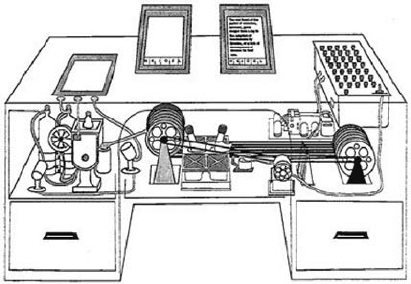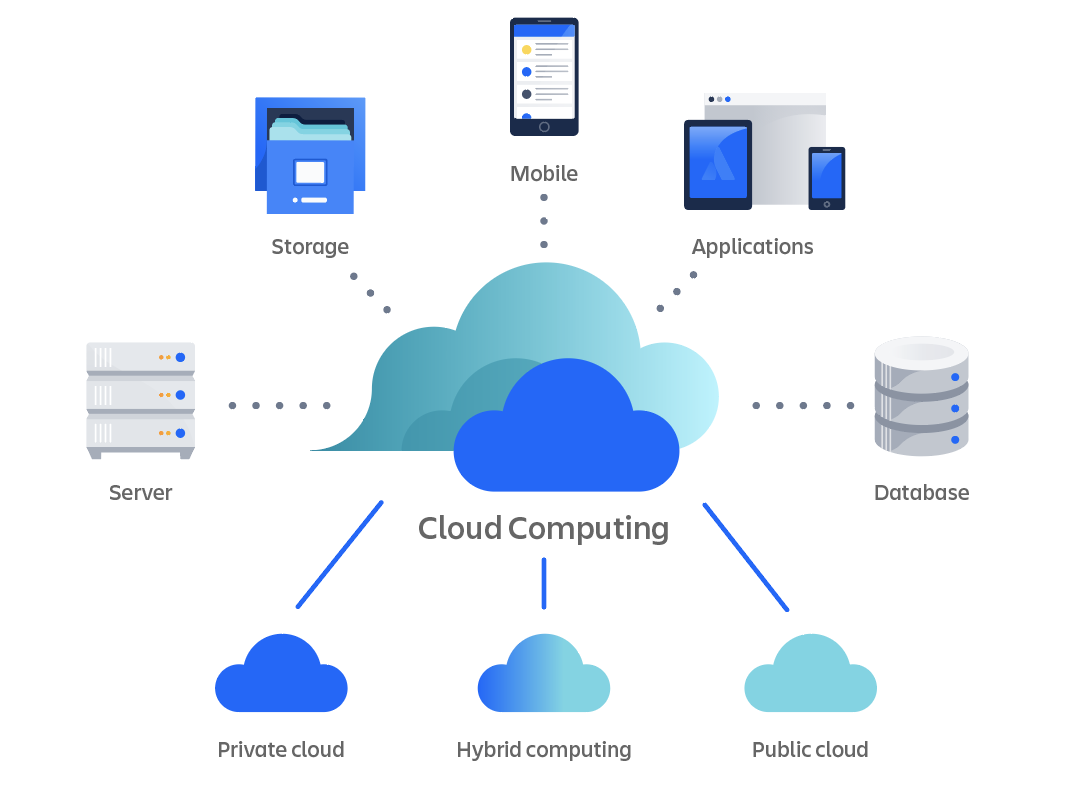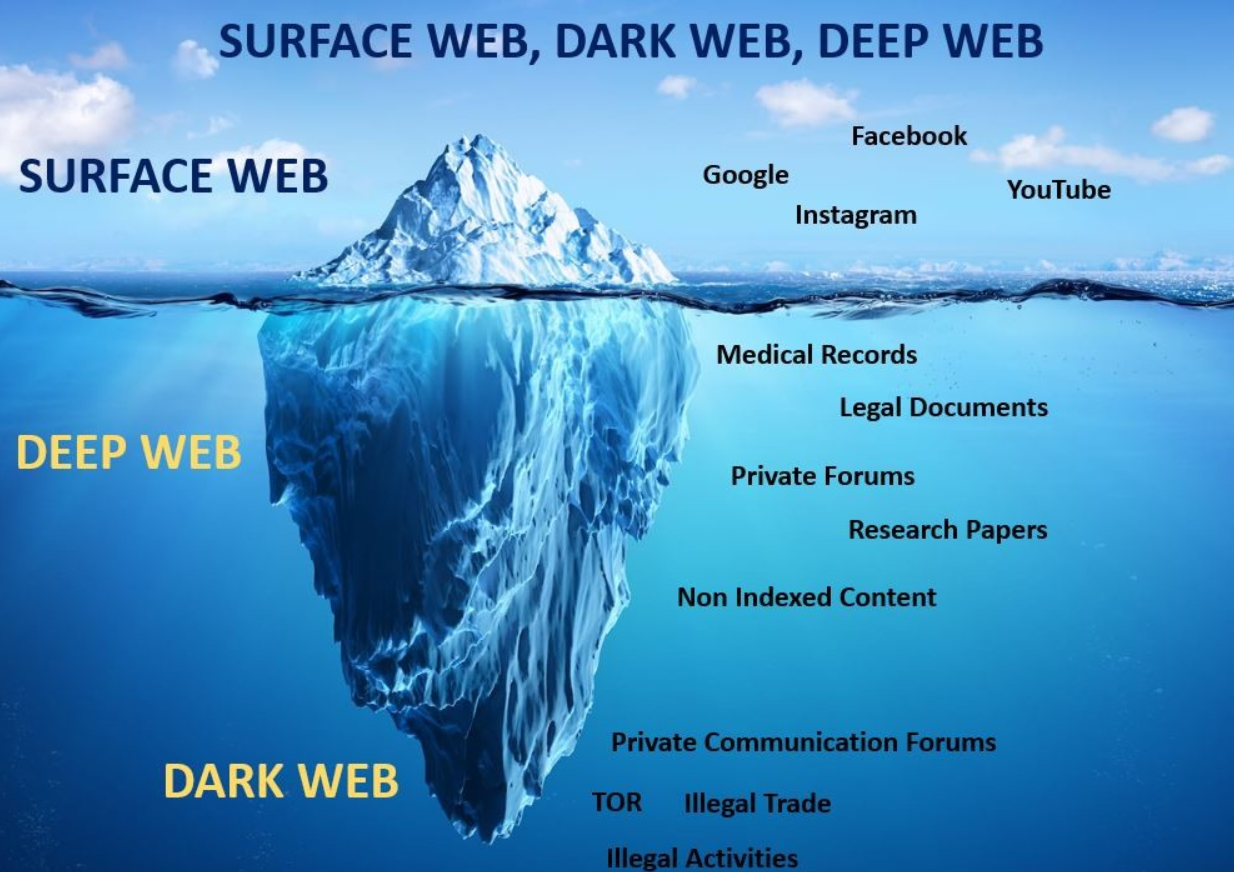
The Memex (1945) – A Machine That Dreamed the Internet
A Vision Ahead of Its Time
Imagine a world where all human knowledge is stored in a single machine—where information is connected like a web, allowing you to jump from one idea to another instantly. Sounds like the internet, right?
But what if I told you someone imagined this decades before the first computer screen lit up?
In 1945, at the end of World War II, an American scientist named Vannevar Bush wrote an article called As We May Think. In it, he described an invention called the Memex—a futuristic machine that could store and link information, much like the internet we use today.
Who Was Vannevar Bush?
Vannevar Bush wasn’t just another scientist. He was one of the most influential minds in American history. During World War II, he led the Office of Scientific Research and Development (OSRD), overseeing projects like radar and the atomic bomb. But as the war was ending, Bush wasn’t thinking about weapons—he was thinking about knowledge.
He believed the biggest challenge of the future wouldn’t be a lack of information, but the overload of it. Books, reports, research papers—human knowledge was growing faster than people could organize it.
So he asked himself: What if we had a machine that could help us find and connect information instantly, just like how our brain works?
What Was the Memex?
Bush described the Memex as a desk-like machine where a person could store books, records, and documents. But this wasn’t just a storage system—it was something more powerful.
Here’s what made the Memex special:
- Hyperlinks Before Hyperlinks Existed
- The Memex allowed users to create trails of information, linking one page to another.
- If you read a book about space and found a section about black holes, you could connect that section to another book about Einstein’s theories.
- This is exactly how hyperlinks work on the internet today.
- Fast and Instant Searching
- Unlike regular books or libraries where you had to manually search for a page, the Memex could instantly bring up any information using microfilm storage and mechanical controls.
- It was like an early version of Google Search, decades before Google existed.
- Personal Knowledge Expansion
- Users could annotate and add notes to documents, making the Memex a personalized research assistant.
- Today, we have digital tools like Evernote and Notion that do exactly this.
Why Was the Memex Never Built?
The Memex was an incredible idea, but in 1945, the technology simply didn’t exist to build it. Computers were still in their infancy, and the idea of a personal information machine was too advanced for its time.
However, the concept of the Memex inspired generations of scientists and inventors.
- In the 1960s, a researcher named Ted Nelson built on Bush’s ideas and created the concept of hypertext, which is the foundation of the World Wide Web.
- In 1989, Tim Berners-Lee invented the internet’s hyperlink system, bringing Bush’s vision to life.
- Today, everything from Wikipedia to search engines follows the Memex’s original principles.
The Legacy of the Memex
Vannevar Bush never saw his invention come to life, but his ideas shaped the modern digital world. Every time you click a hyperlink, search for information, or connect ideas online, you are using a system that Bush imagined nearly 80 years ago.
He dreamed of a world where knowledge was at our fingertips. Today, with smartphones, the internet, and AI, his vision has become our reality.
So the next time you search for something online, remember—you’re using a dream that started in 1945.
Want to Learn More?
- As We May Think – The original 1945 article by Vannevar Bush: https://www.theatlantic.com/magazine/archive/1945/07/as-we-may-think/303881/
- Hypertext and the Birth of the Web – Ted Nelson’s vision: https://hyperland.com/
- Tim Berners-Lee and the World Wide Web – The history of the web: https://www.w3.org/History.html



Leave a Reply